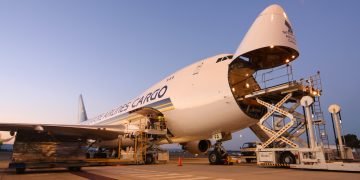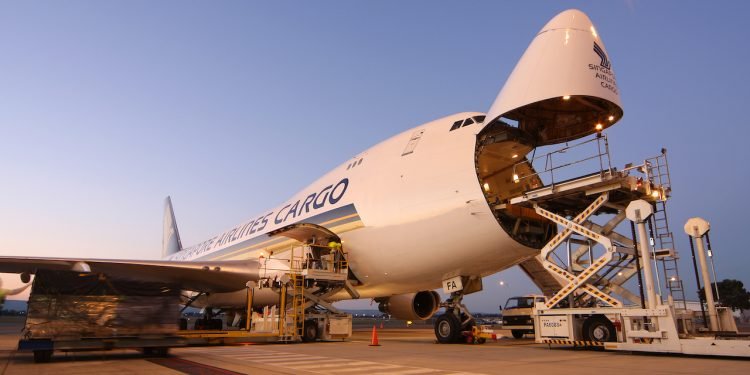By Maria Kalamatas | August 7, 2025
Hong Kong —
Cargo airlines across Asia are entering August with more aircraft in the sky, but less freight to fill them. Despite a surge in available capacity, especially with the return of belly space on passenger flights, demand for air cargo has been unexpectedly soft during the first week of the month.
Instead of the anticipated volume boost tied to pre-fall manufacturing cycles, several major carriers are seeing empty pallets, postponed bookings, and falling yields.
“It’s a strange market right now — we have space, but shippers are holding back,” said an airfreight scheduler based in Seoul.
Supply outpaces urgency
Over the past six weeks, airlines added flights to routes connecting major hubs like Shanghai, Bangkok, and Singapore with Europe and North America. The goal was clear: to capture rising volumes and stabilize revenue ahead of Q4.
But orders haven’t followed the same pace. Exporters in China, South Korea, and Vietnam have reported slower-than-expected factory output, partly due to uncertainty in U.S. tariffs and fluctuating consumer demand.
Some freight forwarders are now adjusting their forecasts, pushing volume expectations into late September instead of August.
Pressure on pricing
With load factors sliding below 70% on key lanes, pricing pressure is returning. Spot rates from Asia to Europe and the U.S. have dropped quietly over the past ten days. Carriers are still flying — but they’re flying lighter, and at a higher cost per kilo.
“We’re trying to consolidate as much as we can, but even block space agreements are being renegotiated,” said a logistics manager for a consumer electronics brand.
While there are no signs of a pricing collapse, the optimism that defined mid-July has given way to caution. Smaller airlines have already trimmed frequencies, especially on second-tier routes.
Looking ahead
With major electronics launches expected in September and October, the second half of Q3 could still recover. But many in the industry now agree: 2025’s air freight peak season won’t look like years past.
Airlines are expected to focus less on expansion, and more on tightening rotations, improving fuel efficiency, and chasing consistency over spikes.
For the moment, the skies remain open — but freight planners know better than to assume they’ll be full.























